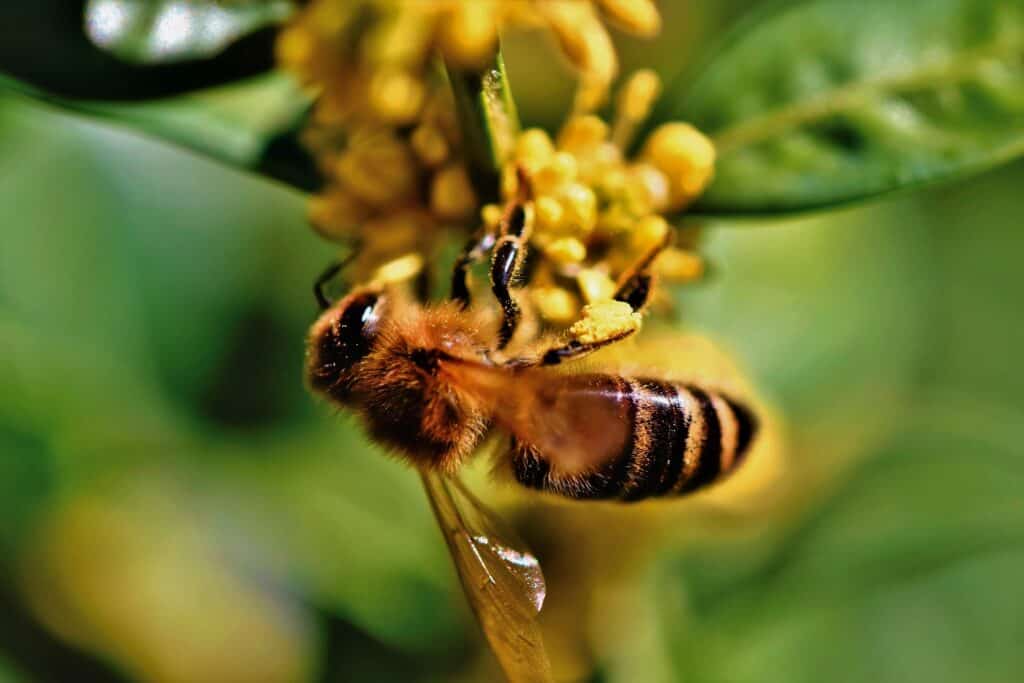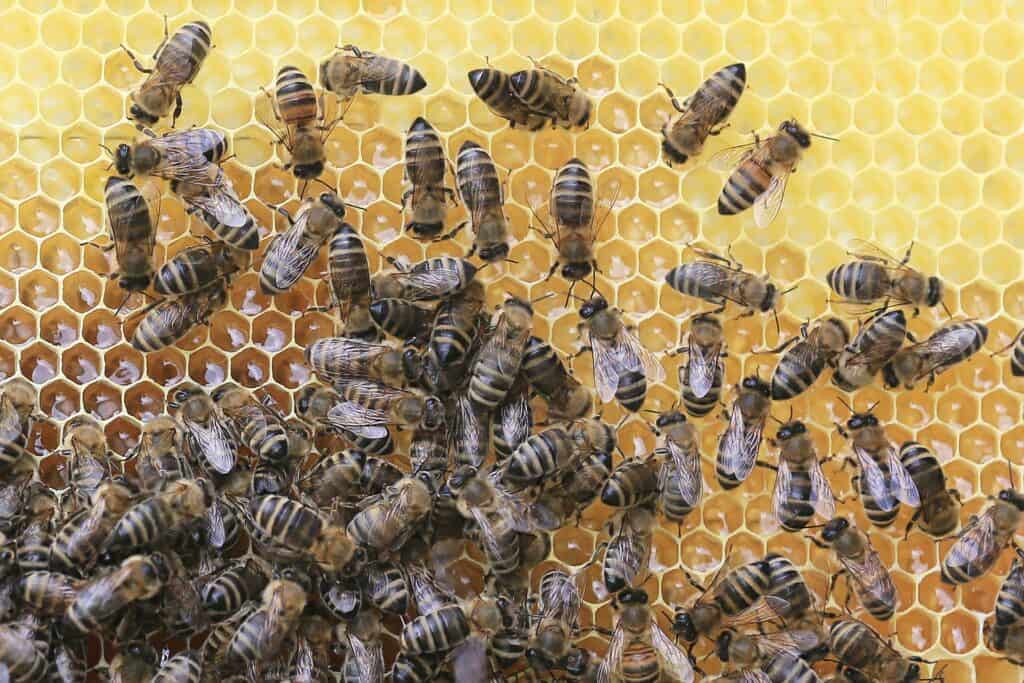How does the Honey get into the jar?
All over the globe, raw honey is known for being an extremely popular food source but in fact, the ‘golden juice’ also works its wonders in the medical and cosmetic industries. Cave paintings proof that the history of honey goes back into the Stone Age, where people valued the aromatic and sweet taste of honey. The Egyptians considered this natural product as the ‘food of gods’ and even today people love honey in all variations, but how do bees make honey?
Honey bees rock
For honey bees to produce honey, they travel from flower to flower and with the use of their proboscis they collect flower nectar and pollen. The bee then stores those in a so-called honey bladder (honey stomach) and returns to the beehive, where it passes on the substances from its bladder to a hive-bee.
The wonders of nature
During honey production process, the nectar is enriched with enzymes, proteins, acids and other substances from the bees. Since the water content is very high in this state, the bee has to repeat this process until the nectar droplets are thick and tough enough. Once the water content is balanced, the honey bee distributes the nectar in empty honeycomb cells. By making sure to leave some leeway and not filling the honeycomb to the top, the bee can accelerate the evaporation by constantly fanning its wings, creating sweet, liquid honey. With a water content of 20% or less, the cell will then be capped over with a thin layer of wax to seal it.
This capping indicates to the beekeeper that the honey is ready to be harvested. Honey is usually harvested during May and August. Bees make honey during Spring and Summer months.

On average, a hive can produce 60 lb or more in a good season. Since honey bees- unlike wasps or humblebees- overwinter as a colony, the Beekeeper has to make sure to leave the hive at least 20-30 lb of honey to survive an average winter. The colony does not hibernate but stays active and clusters together to stay warm. This requires a lot of food (honey) during the cold winter season and therefore the remaining honey is essential for the bees to survive.
Luckily, a strong colony can produce 3 times more honey than they need.
Collecting the golden liquid
To do so, the beekeeper collects the honeycomb frames and scrapes off the wax. Once the caps are removed, the frames are placed inside a machine, called an extractor. By spinning the frames, it causes the liquid honey to be expelled from the honeycomb. And this is the moment where honey gets into a jar. After the honey has floated out of the honey gate, it’s strained to remove any remaining wax or other particles and finally drops into a bucket below.
After this process, the honey can be bottled and labelled!
The circle of life
In spring, as soon as the first trees and flowers start blooming again, the bees immediately fly out and start collecting nectar again.
Colours & flavours
The flavour and colour of the honey vary, based on the available types of foliage and flowers collected by the bees.
by Kira Simpson

